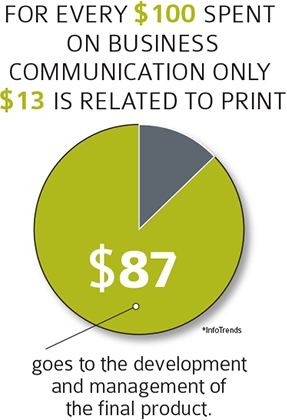You have a tight marketing budget and want to focus that budget on your best customers. How do you decide which customers are worth the most significant investment? You might think that the answer is obvious—the ones who spend the most money with you. But which metric do you use to determine that?
Studies consistently show that the most profitable customers continue to engage with you over time. This is because, once you acquire those customers, not only does it cost less to keep them than to acquire new ones, but if you treat them right, they'll spend more money with you than one-time customers will—according to RJMetrics, 300% more!
That's why, when determining your "best" customers, you need to consider how much a customer is likely to spend over the lifetime of that relationship. This is called "lifetime customer value" (LCV).
Lifetime customer value is a powerful metric. To show why, let's look at the example of subscription services, such as streaming music. For instance, it might cost a streaming service $5 to acquire a new customer, and that customer might spend only $9.95 monthly. However, if that customer maintains that subscription for one year, that $5 investment turns into $119 in revenue. If that customer keeps the subscription for two years, that $5 investment turns into $239 in revenue.
The same principle applies to retail sales and B2B services. It might cost you $150 to acquire a customer who buys a single $150 software (SaaS) license, but if you retain that customer for five years, that $150 acquisition cost nets you $750.
How do you calculate LCV? One of the simplest calculations is as follows:
average customer order x average # of purchases per year x average retention time (years)
This calculation doesn't consider other factors, such as how much it costs to retain those customers, but it does provide a starting point. To find this value for each customer, you can create your own spreadsheet or download a free calculator from companies like HubSpot.
Whatever method you use, give LCV analysis a try. This robust information helps you focus your efforts on the customers in a new way—finding those with the highest profitability over time. What's not to love about that?



